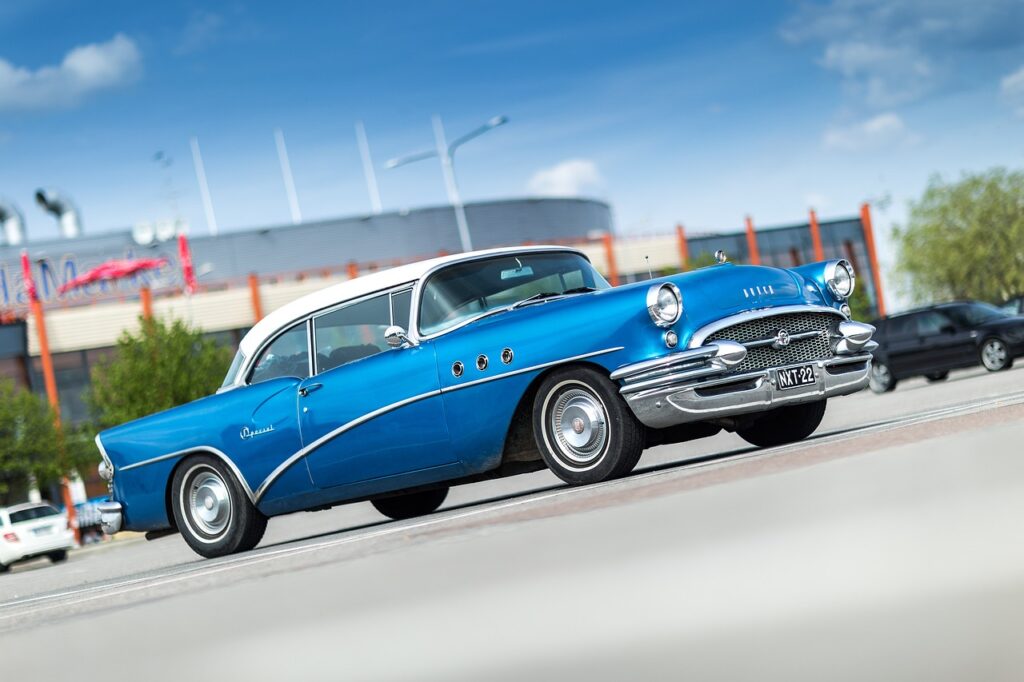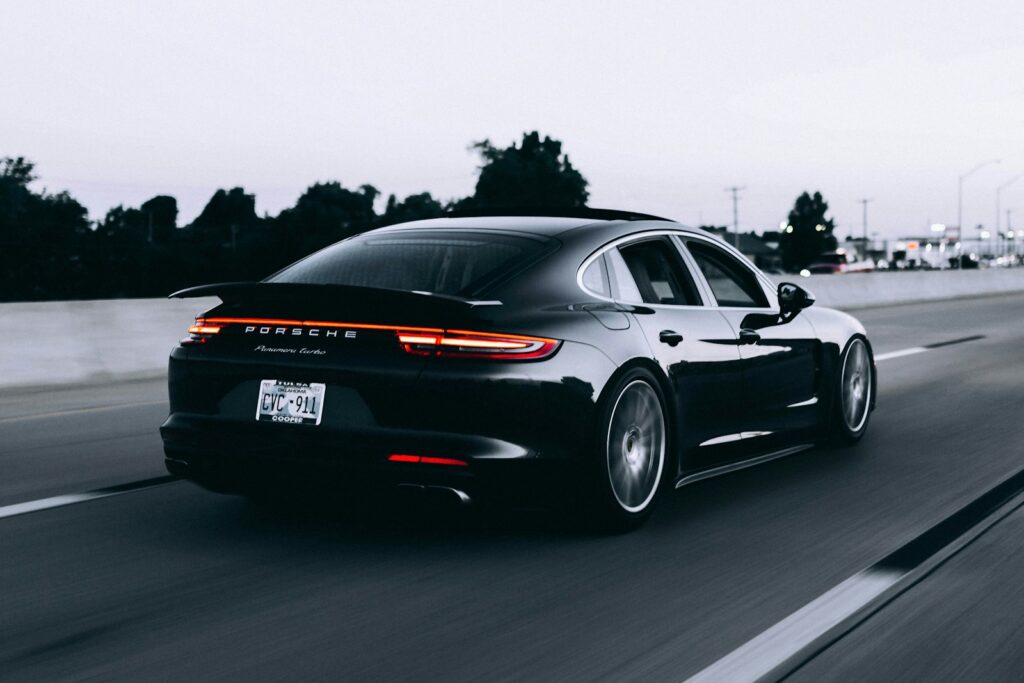The automotive landscape is a constantly evolving beast, much like a sleek, high-performance vehicle racing through changing terrains. For over a century, the U.S. market has been a proving ground for countless car brands, each striving to capture the hearts and wallets of American drivers. While some have ascended to legendary status, others, despite their innovative spirit and initial success, eventually found themselves driving into the sunset, unable to adapt to the relentless pace of change.
Indeed, selling cars in today’s environment is anything but a smooth ride. High interest rates, escalating production costs, and a market flooded with fierce competition all conspire to make profitability a daunting challenge. Couple that with the consumer’s growing preference for larger vehicles like SUVs and trucks, and you have a recipe for seismic shifts in the industry, forcing many once-prominent names to either reinvent themselves or fade into memory. This isn’t just about sales numbers; it’s about identity, innovation, and the sheer will to survive in an increasingly tough arena.
In this first part of our deep dive, we’re going on a fascinating journey through automotive history, revisiting seven once-prominent American car brands that have already ceased production. We’ll explore their rise, their defining moments, and, crucially, the underlying reasons why they ultimately couldn’t keep pace. These are the stories of innovation, adaptation, and the harsh realities of an industry that waits for no one, offering valuable lessons from the brands that have already driven off into the annals of history.
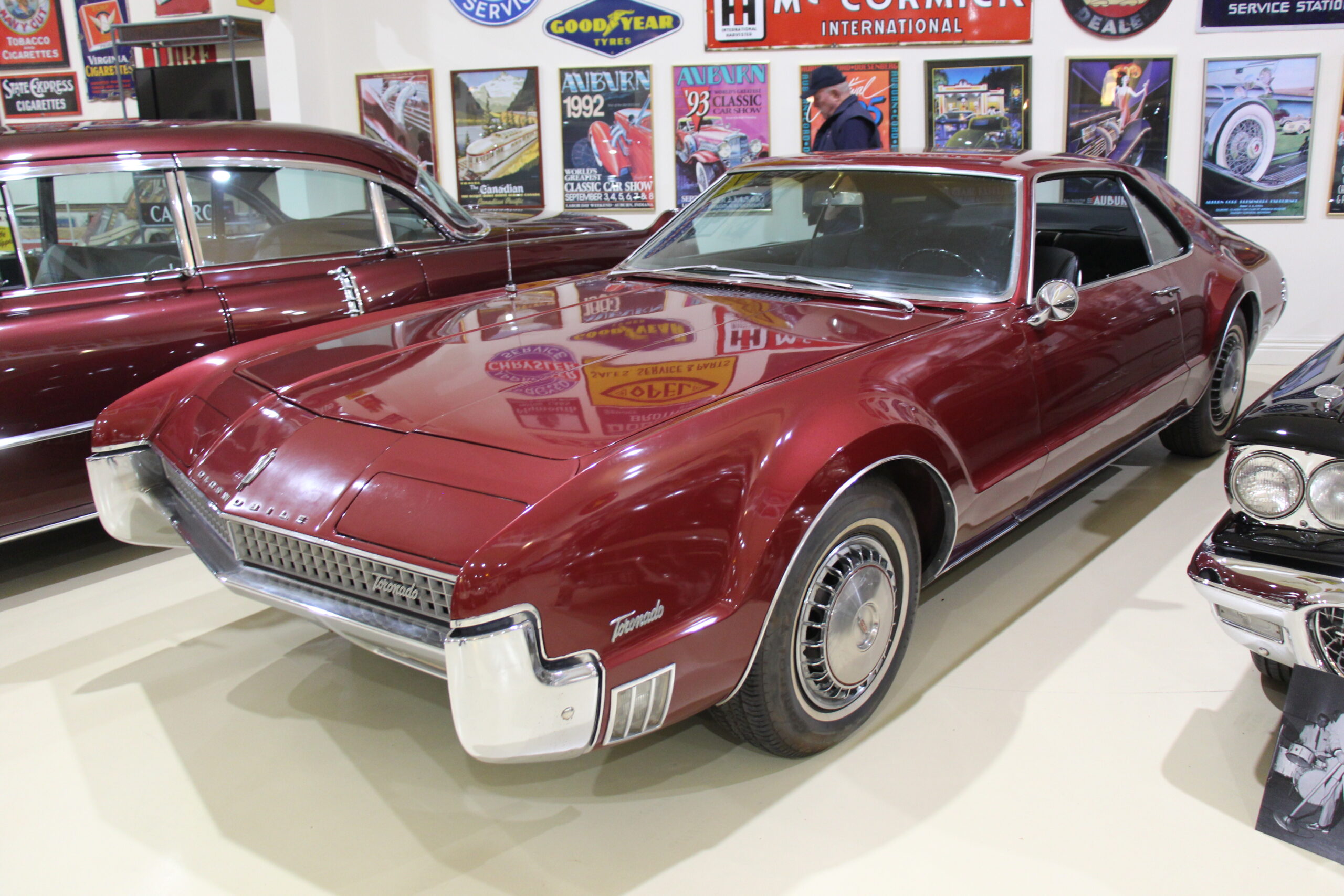
1. **Oldsmobile**Founded way back in 1897 by Ransom E. Olds, Oldsmobile wasn’t just another car manufacturer; it was one of the oldest in the entire world, truly a pioneer with an innovative spirit that set the pace for many others. This brand carved out a special place in automotive history, particularly by introducing the Hydra-Matic, which was, astonishingly, the very first fully automatic transmission in 1940. Imagine the convenience that brought to drivers back then!
For decades, Oldsmobile became a household name, synonymous with unwavering reliability and groundbreaking innovation. Their models appealed to a wonderfully diverse range of buyers, from everyday commuters looking for dependable transport to those craving a touch of luxury in their ride. The brand built a powerful reputation for quality and forward-thinking design, becoming a cornerstone of the American automotive dream.
However, as the 1990s dawned, Oldsmobile found itself in a rather tricky spot. Its image, once cutting-edge, had unfortunately grown somewhat outdated, making it increasingly difficult to attract the younger generation of car buyers. Despite valiant efforts to revamp its product line and inject new life, parent company General Motors (GM) made the tough decision to phase out Oldsmobile in 2004, a clear reflection of declining sales and a struggle to differentiate the brand from GM’s other numerous offerings.
Read more about: From Anemic to Awkward: Unmasking 15 Muscle Cars That Truly Missed the Mark – And Why We Can’t Forget Them
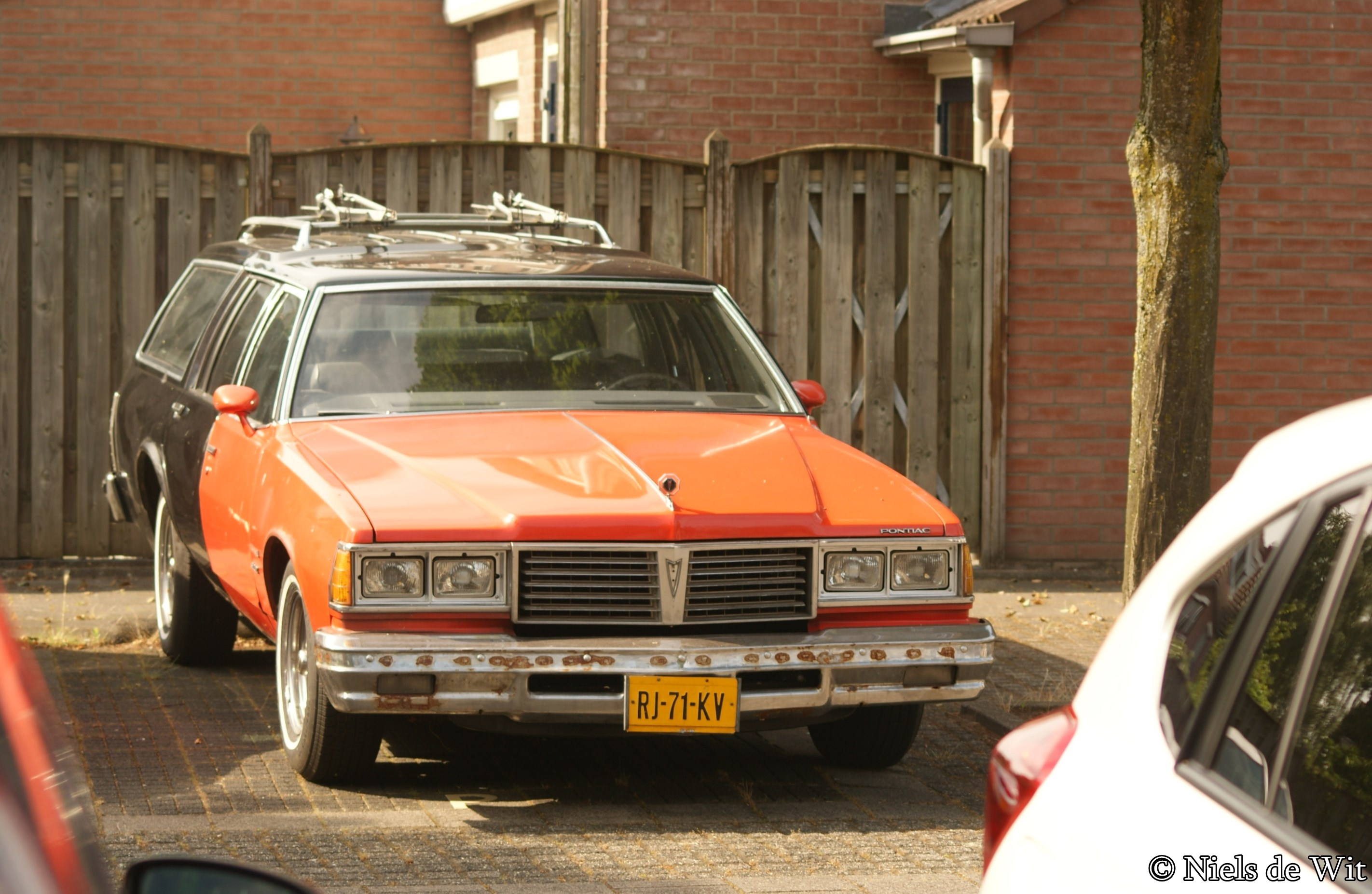
2. **Pontiac**Pontiac burst onto the scene in 1926, and it quickly earned a reputation for producing vehicles that were not just exciting, but performance-oriented, especially during the thrilling muscle car era. The brand’s Pontiac GTO, which made its grand entrance in 1964, is often hailed as the car that ignited the muscle car craze across America. This alone cemented Pontiac’s legacy as a manufacturer of high-performance vehicles that really got pulses racing.
Beyond the GTO, other iconic models like the Firebird Trans Am and the Grand Prix didn’t just sell well; they became genuine cultural icons, deeply embedded in the fabric of American car enthusiasm. Pontiac was about more than just getting from A to B; it was about the thrill of the drive, the roar of the engine, and a distinctive style that turned heads wherever it went.
Yet, by the 2000s, Pontiac, sadly, seemed to have lost its way a bit, struggling with its focus and identity within GM’s vast portfolio. The brand found it increasingly challenging to differentiate itself, becoming less distinct in a crowded market. The final blow came during the devastating financial troubles that gripped GM during the 2008 economic crisis, leading to the heartbreaking decision to discontinue Pontiac in 2010 as part of GM’s bankruptcy restructuring efforts.
Car Model Information: 1966 Pontiac GTO Coupe
Name: Pontiac GTO
Caption: 2005 Pontiac GTO
Manufacturer: Pontiac (automobile),Holden
Class: Mid-size car,Compact car,Mid-size car
Production: 1963–1974,2003–2006
Predecessor: Pontiac Tempest
Layout: Front-engine, rear-wheel-drive layout
ModelYears: 1964-1974 2004-2006
Categories: 1970s cars, 2000s cars, All articles with unsourced statements, Articles with short description, Articles with unsourced statements from October 2008
Summary: The Pontiac GTO is a front-engine, rear-drive, two-door, and four-passenger automobile manufactured and marketed by the Pontiac division of General Motors over four generations from 1963 until 1974 in the United States — with a fifth generation made by GM’s Australian subsidiary, Holden, for the 2004 through 2006 model years.
The first generation of the GTO is credited with popularizing the muscle car market segment in the 1960s. Some consider the Pontiac GTO to have started the trend with all four domestic automakers offering a variety of competing models.
For the 1964 and 1965 model years, the GTO was an optional package on the intermediate-sized Pontiac LeMans. The 1964 GTO vehicle identification number (VIN) started with 22, while the 1965 GTO VIN began with 237. The GTO was designated as a separate Pontiac model from 1966 through 1971 (VIN 242…). It became an optional package again for the 1972 and 1973 intermediate LeMans. For 1974, the GTO was an optional trim package on the compact-sized Ventura.
The GTO model was revived for the 2004 through 2006 model years as a captive import for Pontiac, a left-hand drive version of the Holden Monaro, itself a coupé variant of the Holden Commodore.
Get more information about: Pontiac GTO
Buying a high-performing used car >>>
Brand: Pontiac Model: GTO
Price: $59,991 Mileage: 4,408 mi.
Read more about: 15 Classic Cars You Might Want To Skip: An Expert Guide for Discerning Collectors
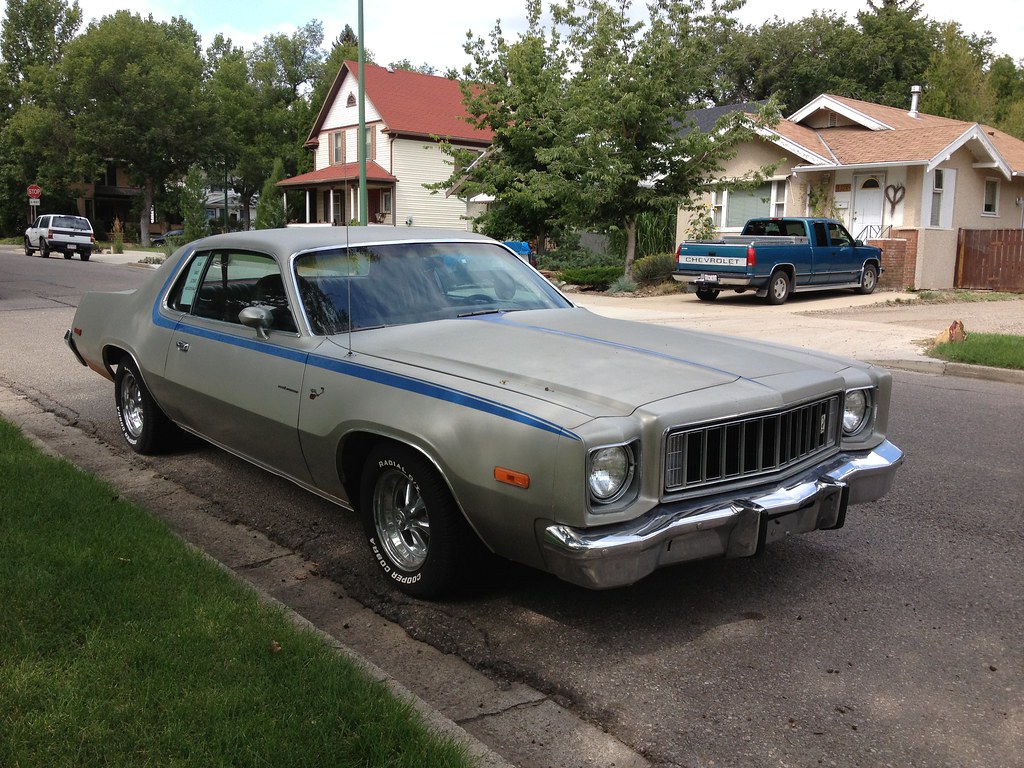
3. **Plymouth**Chrysler introduced Plymouth in 1928, aiming to offer an affordable, entry-level brand that would appeal to the masses. And for a while, it was a resounding success! Plymouth delivered exactly what it promised: reliable vehicles at prices that were genuinely accessible, playing a truly pivotal role in Chrysler’s impressive growth throughout the mid-20th century. Models like the Plymouth Barracuda, in particular, managed to gain a loyal and enthusiastic following.
The Barracuda, along with other popular models such as the Plymouth Road Runner, resonated deeply with consumers who appreciated solid engineering and distinctive styling without breaking the bank. Plymouth cars were often seen as dependable workhorses that also had a bit of flair, capturing the essence of American practicality mixed with automotive passion.
However, as Chrysler’s product lineup continued to expand and diversify, Plymouth started to struggle to find its unique voice. There was often significant overlap with Chrysler’s Dodge and Chrysler-branded vehicles, creating confusion in the marketplace and diluting Plymouth’s distinct identity. By the 1990s, Plymouth’s market share had unfortunately eroded significantly, culminating in Chrysler’s decision to discontinue the brand in 2001, citing declining sales and persistent brand identity issues.
Car Model Information: 1971 Plymouth Barracuda
Caption: 1970 Hardtop Coupe
Name: Plymouth Barracuda
Manufacturer: Plymouth (automobile)
Production: 1964–1974
Assembly: Fenton, Missouri,Hamtramck, Michigan,Maywood, California,Windsor, Ontario
Layout: Front-engine, rear-wheel drive layout
Class: Pony car
Categories: 1970s cars, All articles with dead external links, All articles with unsourced statements, Articles with dead external links from February 2018, Articles with dead external links from January 2022
Summary: The Plymouth Barracuda is a two-door pony car that was manufactured by Chrysler Corporation from 1964 through 1974 model years.
The first-generation Barracuda was based on the Chrysler A-body and was offered from 1964 until 1966. A two-door hardtop (no B-pillar) fastback design, it shared a great majority of parts and bodywork with the Plymouth Valiant, except for the distinctive wraparound rear glass.
The second-generation Barracuda, though still Valiant-based, was heavily redesigned. Built from 1967 through 1969, it was available as a two-door in fastback, notchback, and convertible versions.
The third generation, offered from 1970 until 1974, was based on the Chrysler E-body, exclusive to it, and the slightly larger Dodge Challenger. A completely new design, the two-door Barracuda was available in hardtop and convertible body styles.
Get more information about: Plymouth Barracuda
Buying a high-performing used car >>>
Brand: Plymouth Model: Barracuda
Price: $54,999 Mileage: 12,468 mi.
Read more about: From Anemic to Awkward: Unmasking 15 Muscle Cars That Truly Missed the Mark – And Why We Can’t Forget Them

4. **Mercury**Ford established Mercury in 1938 with a very clear mission: to perfectly bridge the gap between the mainstream Ford brand and its more luxurious Lincoln division. For many decades, Mercury enjoyed moderate but consistent success, offering buyers more premium versions of Ford vehicles that targeted the discerning mid-range buyer. They carved out a comfortable niche for themselves, appealing to those who wanted a bit more without stretching to full luxury.
Popular models such as the Mercury Cougar and the Grand Marquis became true staples of the brand. These vehicles offered a blend of comfort, style, and a slightly elevated driving experience compared to their Ford counterparts, becoming beloved choices for families and individuals alike who sought quality and a touch of sophistication.
But as the 2000s rolled around, Mercury’s precise role within Ford’s expanding lineup began to blur. Many of its models were, unfortunately, becoming little more than rebadged versions of Ford cars, making it hard for consumers to see the unique value proposition. With Ford strategically shifting its focus towards its core brands and the booming SUV market, the difficult decision was made to officially discontinue Mercury in 2010, marking the end of an era for a brand that had lost its distinctive edge.
Read more about: From Anemic to Awkward: Unmasking 15 Muscle Cars That Truly Missed the Mark – And Why We Can’t Forget Them
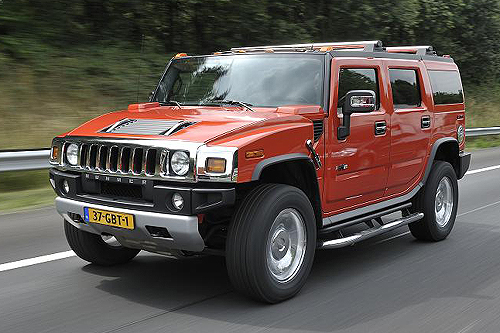
5. **Hummer**Hummer burst onto the civilian automotive scene in the early 1990s, riding a massive wave of popularity after the military HMMWV (Humvee) captured the public imagination. This was a brand synonymous with ruggedness and imposing size. Its massive, gas-guzzling SUVs, like the instantly recognizable Hummer H2, quickly became potent symbols of excess and luxury during the early 2000s, turning heads and making a bold statement on the road.
Owning a Hummer was about more than just transportation; it was a lifestyle choice, a declaration of a no-compromise attitude. The H2 and its sibling, the H3, offered unparalleled road presence and off-road capability, making them aspirational vehicles for many who embraced their unapologetically grand scale and powerful aesthetic.
However, as environmental concerns began to mount and fuel prices started their inevitable climb, Hummer found itself facing increasing criticism for its notoriously poor fuel efficiency. This shift in public sentiment, combined with broader economic challenges, severely impacted the brand’s viability. GM valiantly attempted to sell Hummer in 2010, but ultimately, the deal fell through, leading to the brand’s unfortunate shutdown as part of GM’s larger restructuring efforts.
Car Model Information: 2003 Hummer H2
Name: Hummer H2
Manufacturer: AM General
Production: 2002–2009
ModelYears: 2003–2009
Assembly: Mishawaka, Indiana,Kaliningrad,designer = Clay Dean (2000)
Class: Full-size SUV
BodyStyle: Sports utility vehicle,pickup truck
Platform: GMT800
Related: Chevrolet Silverado,Chevrolet Avalanche,Chevrolet Tahoe,Chevrolet Suburban,Cadillac Escalade
Layout: Front-engine, four-wheel-drive layout,four-wheel drive
Engine: General Motors LS-based small-block engine#LQ4
Transmission: 4L60E,4-speed 4L65E automatic (2005–2007),automatic transmission
Wheelbase: 122.8 in
Abbr: on – 6.2 L
Length: 203.5 in
Width: 81.3 in
Height: 2002–03: {{convert,77.8,in,mm,0,abbr=on
Weight: {{convert,6400,lb,kg,0,abbr=on
Categories: 2000s cars, AM General vehicles, All-wheel-drive vehicles, All articles needing additional references, Articles needing additional references from January 2024
Summary: The Hummer H2 is a full-size off-road SUV that was marketed by Hummer and built in the AM General facility under contract from General Motors from 2002 until 2009. It is based on a modified GMT820 GM three-quarter-ton pickup truck in the front and a half-ton 1500 frame in the rear. A four-door pickup truck version with a midgate that opens the vehicle’s interior to the external cargo bed was introduced for the 2005 model year as the H2 SUT (sport utility truck).
Get more information about: Hummer H2
Buying a high-performing used car >>>
Brand: Hummer Model: H2
Price: $13,980 Mileage: 152,679 mi.
Read more about: Navigating the SUV Market: 14 Models U.S. Consumers Should Approach with Caution in 2024-2025
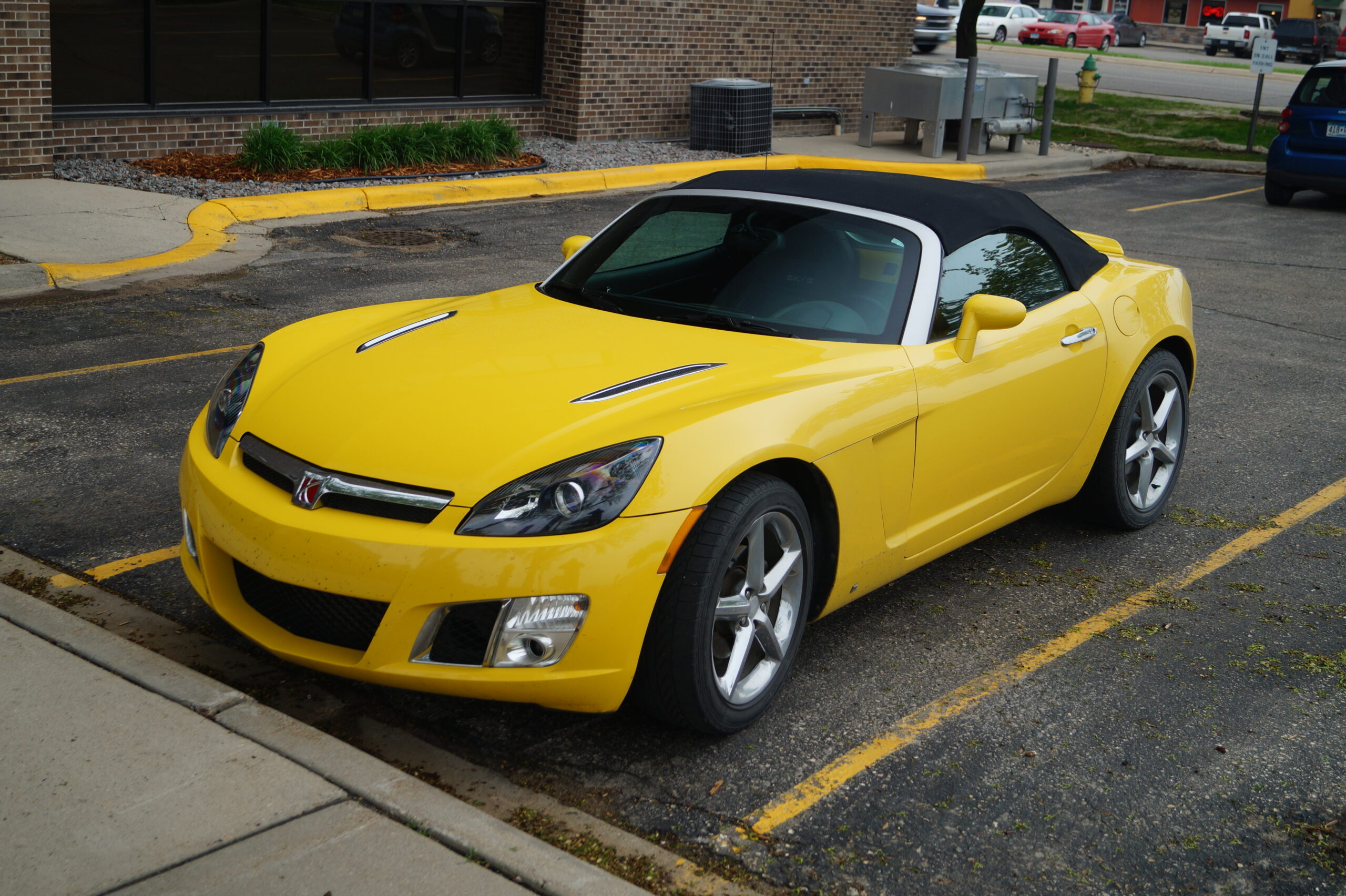
6. **Saturn**Launched with great fanfare in 1985, Saturn was heralded as “a different kind of car company,” GM’s innovative response to the surging competition from economical and highly reliable Japanese imports. Saturn quickly distinguished itself with a novel approach, eschewing traditional dealership haggling with its no-haggle pricing policy and adopting a remarkably customer-centric philosophy that fostered a passionate and loyal following.
Early models, such as the Saturn SL and the Saturn Ion, gained significant traction and were particularly known for their affordability and impressive fuel efficiency. Saturn cars were seen as practical, dependable, and a refreshing alternative to the conventional car-buying experience, building a strong community around its brand values.
Despite this promising initial success and a loyal customer base, Saturn’s product lineup unfortunately became somewhat stale over time. The brand struggled to introduce new, compelling models that could keep pace with evolving consumer tastes and technological advancements in the broader market. GM’s inability to maintain Saturn’s competitive edge ultimately led to its closure in 2010, yet another casualty during GM’s tumultuous bankruptcy restructuring, ending the chapter of a brand that dared to be different.
Read more about: Buyer’s Alert: 7 SUVs Prone to Major Breakdowns Before Hitting 80,000 Miles
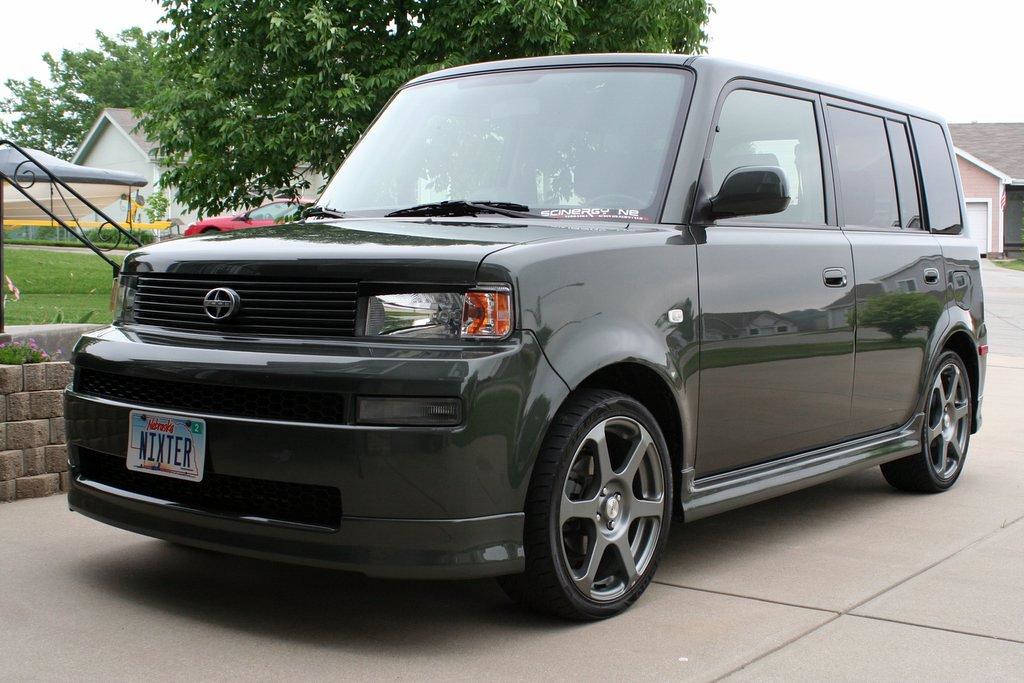
7. **Scion**Toyota introduced Scion in 2003 with a very clear, focused demographic in mind: younger, trend-conscious consumers who were looking for something fresh and distinct. Scion delivered on this promise, offering unique, affordable, and often quirky models like the Scion xB and the Scion tC. These vehicles quickly found a surprisingly loyal following, particularly among millennials who appreciated their distinctive style and customization potential.
Scion was a bold experiment for Toyota, aiming to capture a segment of the market that valued individuality and a departure from the more traditional, mainstream offerings. The brand fostered a sense of community among its owners, who often saw their Scions as blank canvases for personal expression, thanks to a wide array of accessories and customization options.
However, as Toyota’s own diverse lineup began to evolve and expand, a critical issue arose: many Scion models started to overlap significantly with Toyota’s existing offerings. This unfortunate blurring of lines led to considerable brand confusion, making it difficult for Scion to maintain its unique appeal and justification for existence. In 2016, Toyota made the strategic decision to fold Scion back into the main Toyota brand, integrating its most popular models and effectively ending Scion’s distinct journey in the U.S. market.
Now, let’s shift gears from the automotive giants that have already driven off into history to those currently navigating an ‘extremely tough situation’ in the fiercely competitive U.S. market. The challenges facing automakers today are more complex than ever, with high interest rates, escalating production costs, the persistent threat of tariffs, and a significant shift in consumer preferences towards larger vehicles like SUVs and trucks. These brands are not just struggling to maintain market share; many are grappling with bloated inventories and a shrinking customer base, forcing them to re-evaluate their strategies or face an uncertain future.
This section will dive deep into eight contemporary car brands, dissecting their current struggles, celebrating their past contributions, and examining the looming threats that could see them follow the path of their predecessors. We’ll explore the ‘why’ behind their precarious positions, offering insights into the underlying causes and implications for both the industry and potential car buyers. From once-dominant players to luxury marques, these are the automakers teetering on the edge of the U.S. market.
Car Model Information: 2012 Scion xB
Name: Scion xB
Manufacturer: Toyota
Production: June 2003 – December 2015
ModelYears: 2004–2015
Class: unbulleted list
BodyStyle: hatchback
Aka: unbulleted list
Layout: FF layout
Successor: Scion iM
Categories: 2010s cars, All articles with unsourced statements, Articles with short description, Articles with unsourced statements from April 2024, Articles with unsourced statements from December 2016
Summary: The Scion xB is a five-door compact hatchback that was produced by Scion, a former marque of Toyota. Produced from the 2004 to 2015 model years, it was one of the two launch models of the Scion marque, alongside the Scion xA.
The first-generation xB was a rebadged version of the subcompact Toyota bB designed for the American market, with marketing and options appealing to a young adult demographic as part of Scion’s overall positioning. In 2007, Scion launched a second-generation xB, which was retooled as a compact car based on the E150 series Corolla; this model would also be sold internationally as the Toyota Corolla Rumion in Japan and the Toyota Rukus in Australia.
Get more information about: Scion xB
Buying a high-performing used car >>>
Brand: Scion Model: xB
Price: $9,950 Mileage: 100,741 mi.
Read more about: Redefining Speed and Savings: 10 Sports Cars That Master 30 MPG Highway
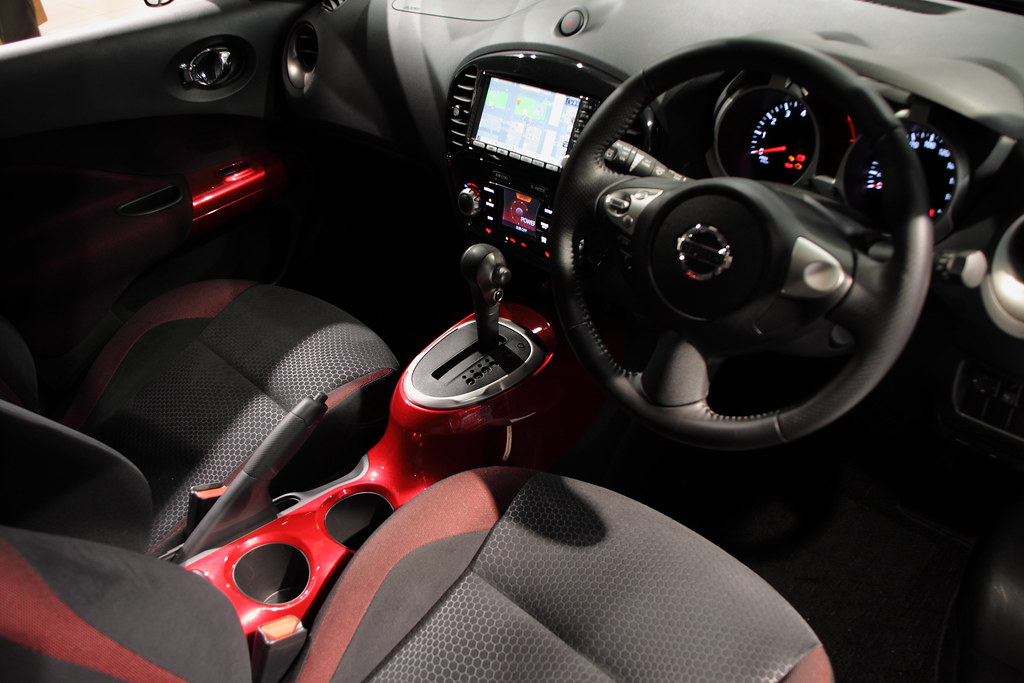
8. **Nissan**Nissan appears to be on a perilous journey, seemingly hurtling toward financial disaster in the U.S. market. The news that a potential merger with Honda has officially fallen through only exacerbates their woes, while their manufacturing facilities are reportedly running well below capacity, signaling a serious disconnect between production capabilities and actual demand. Adding to the concern, Nissans are sitting on dealer lots for longer than ever before, indicating a struggle to move inventory in a crowded marketplace.
Corporate leadership at Nissan is clearly under immense pressure, considering all options to steer the company back to profitability. Reports even suggested that Honda would reconsider takeover talks if Nissan’s CEO steps down, highlighting the severity of the internal and external pressures. In November 2024, CEO Makoto Uchida candidly stated that the automaker needed to undertake serious restructuring to escape what he termed an “extremely tough situation,” a stark admission of the brand’s precarious standing.
A closer look at the numbers paints a clear picture of Nissan’s predicament. Despite being set up for an 8.5% market share in the United States, based on its dealer footprint and manufacturing capability, its actual U.S. market share remains dishearteningly low, hovering around 4.5%. This significant mismatch between potential and reality simply cannot continue indefinitely. Rivals like Toyota, Hyundai, Kia, and Subaru have steadily chipped away at Nissan’s market share, and while sales haven’t precisely plummeted, years of continuous declines are certainly accumulating, contributing to a dire balance sheet that an anonymous Nissan official reportedly suggested might only have “12 to 14 months to survive.”
Furthermore, Nissan has long struggled with issues surrounding its Continuously Variable Transmission (CVT), which has unfortunately led to durability concerns in popular models such as the Sentra, Altima, and Kicks. This has understandably pushed customers towards more reliable alternatives from competitors. Despite offering massive incentives to boost sales, the brand has seen its profits plunge, culminating in the resignation of its CFO and a 50% pay cut for the CEO. While Nissan is reportedly banking on a partnership with Honda and Mitsubishi, the path ahead for the brand remains undeniably shaky.
Read more about: Beyond the Quarter-Million Mark: Our Shortlist of Cars Engineered for Extreme Longevity

9. **Mini**The beloved Mini brand, owned by BMW, faces an increasingly uncertain future in the U.S., with sales figures painting a rather grim picture. There’s a palpable sense that BMW could indeed pull the plug if Mini’s sales continue their recent downturn. The brand’s sales have regrettably tanked in recent years, a stark contrast to its peak performance just over a decade ago.
A significant part of Mini’s struggle stems from what many perceive as a loss of its core identity. The brand, once synonymous with compact, nimble vehicles, saw its models grow in size, ironically losing the very niche that made it distinct in the American auto market. Back in 2012, Mini celebrated its best year with an impressive 76,354 U.S. sales, a benchmark that seems increasingly out of reach today.
The introduction of larger models, like the new Countryman, was meant to address consumer demand for more space, but these haven’t been selling well. The market is currently experiencing a staggering 188 days of supply for the new Countryman heading into the crucial spring car buying season, a clear indicator of slow movement off dealer lots. This oversupply suggests a disconnect between product offering and consumer acceptance, raising serious questions about Mini’s long-term viability in a market that seems to have moved on from its once-charming appeal.
Read more about: Tricolor’s $200M Fraud: Unpacking the Collapse of a Subprime Auto Giant and Its Ripple Effects on US Banking
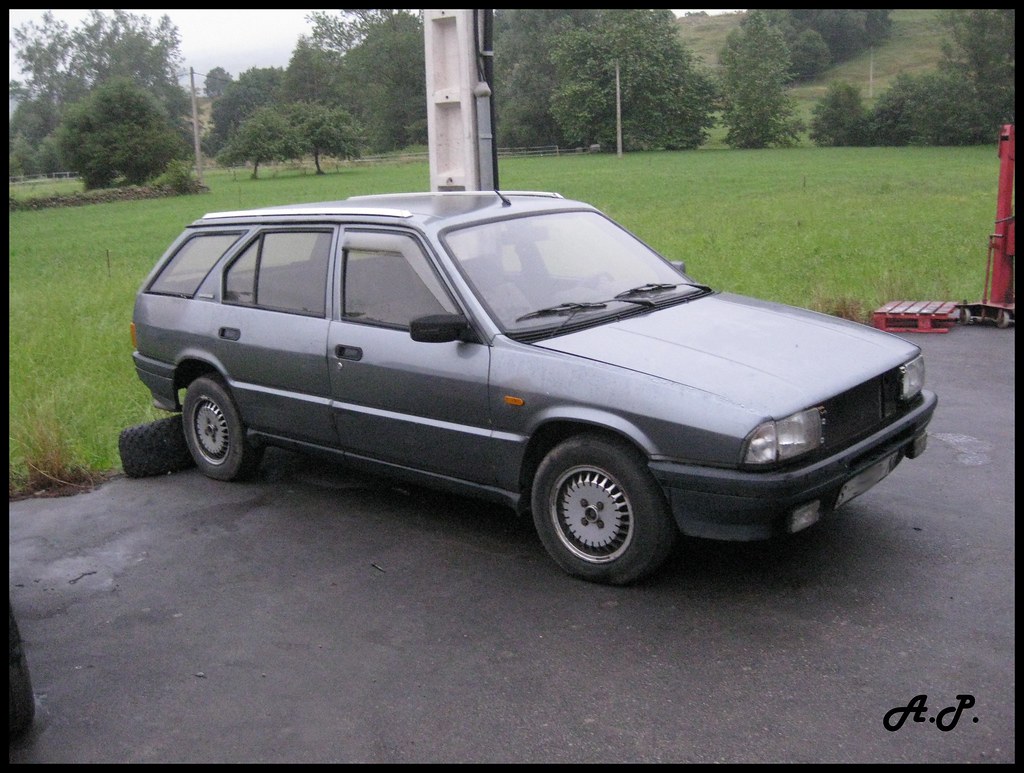
10. **Alfa Romeo**Alfa Romeo, the storied Italian marque, once held a truly bright future in North America after its much-anticipated return in 2016. Initially, the brand saw a promising surge, with sales climbing quickly and peaking at nearly 24,000 units sold in 2018. The excitement around models like the 4C and Giulia suggested a triumphant comeback for the “Italian stallion” that had been absent for two decades.
However, since that peak, it has been a steady downhill trajectory for Alfa Romeo. By 2024, the brand’s U.S. sales had plummeted to a mere 8,865 cars, a significant and concerning decline. Further narrowing its appeal, the high-performance Quadrifoglio versions of the Giulia and Stelvio have officially been canceled, leaving an even more constrained lineup for American car buyers and signaling a retreat from its performance-oriented roots.
Recent leadership shakeups at its parent company, Stellantis, have only intensified the speculation, making it seem more likely than ever that some brands within the conglomerate are on their way out. Sadly, Alfa Romeo is now prominently featured at the top of that unfortunate list. Its failure to keep pace with competition, especially BMW, is often attributed to outdated technology and what some consider uninspiring models like the Stelvio. A lack of sustained investment and innovation specifically for the North American market paints a rather grim picture for the brand’s future, as it struggles to maintain relevance and distinguish itself in a cutthroat premium segment.
Read more about: Redefining Speed and Savings: 10 Sports Cars That Master 30 MPG Highway
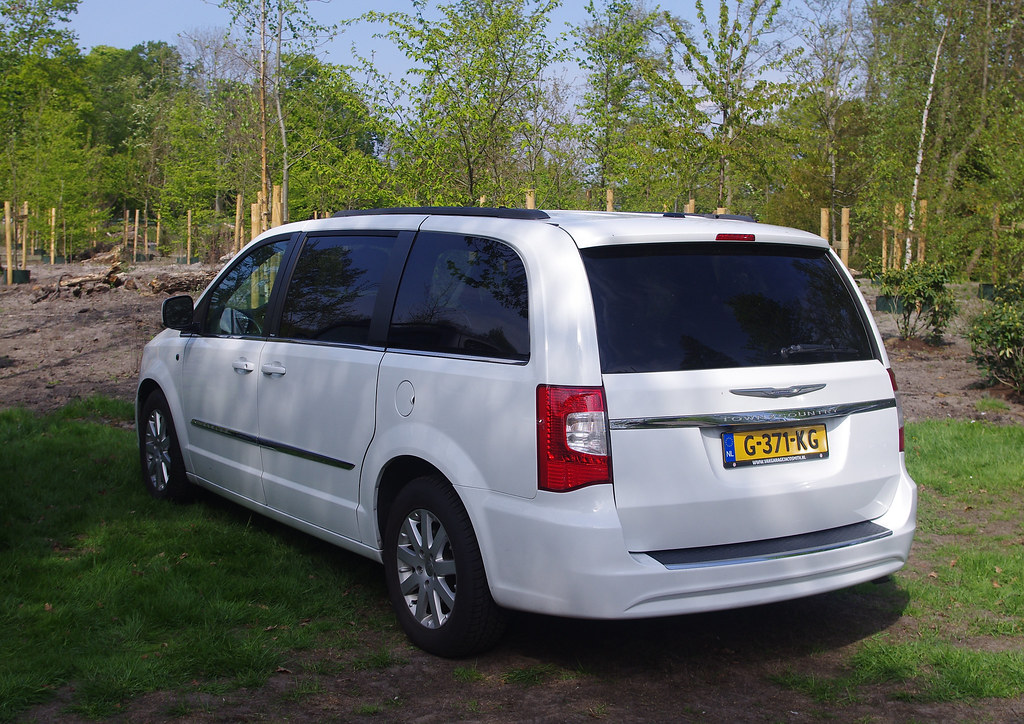
11. **Chrysler**Chrysler, a name that once resonated with innovation and broad market appeal, finds itself in a truly challenging position in 2025. The brand has become exclusively a seller of minivans, a dramatic shift from its diverse past. With the sunset of the iconic Chrysler 300 sedan, the Pacifica and the resurrected Voyager are literally all that remains of the once-prominent automaker’s lineup.
This severely limited product offering reflects a broader struggle, as Chrysler’s sales have fallen by a staggering 50% over the past decade. The discontinuation of the highly anticipated Chrysler Airflow EV concept further dampens hopes, making it unclear whether there is any viable future at all for the brand. Its dwindling presence raises profound questions about its relevance in today’s dynamic market, where diverse offerings and a clear strategic direction are paramount for survival.
As one of the brands under the vast Stellantis umbrella, Chrysler is facing intense scrutiny. Its parent company’s sales are down significantly across several brands, with Stellantis’s total U.S. sales falling 42% from 2015 to 2024. This difficult environment, combined with new leadership looking to ‘trim the fat,’ places Chrysler in a highly vulnerable position. There’s even speculation suggesting the brand might benefit from merging with Dodge to create a more streamlined approach, highlighting that consolidation and reorganization could be the lifeline Chrysler desperately needs to stay afloat in an increasingly competitive landscape.
Car Model Information: 2023 Chrysler Pacifica Touring L
Categories: All set index articles, Articles with short description, Chrysler vehicles, Set index articles on cars, Short description is different from Wikidata
Summary: Chrysler Pacifica is a nameplate used by Chrysler for a variety of vehicles.
The name was first used on a luxury minivan concept vehicle in 1999, and later a crossover concept in 2002.
From 2004 to 2008, it was used on a mid-size crossover, and since the 2017 model year, it has been used as the Town & Country minivan’s replacement.
Vehicles using the nameplate are:
Chrysler Pacifica concept (1999), concept minivan
Chrysler Pacifica concept (2002), concept crossover
Chrysler Pacifica (crossover) (2004–2008), production version of the 2002 concept
Chrysler Pacifica (minivan) (2017–present), Chrysler Town & Country replacement
Get more information about: Chrysler Pacifica
Buying a high-performing used car >>>
Brand: Chrysler Model: Pacifica
Price: $21,482 Mileage: 67,623 mi.
Read more about: 15 Classic Cars You Might Want To Skip: An Expert Guide for Discerning Collectors
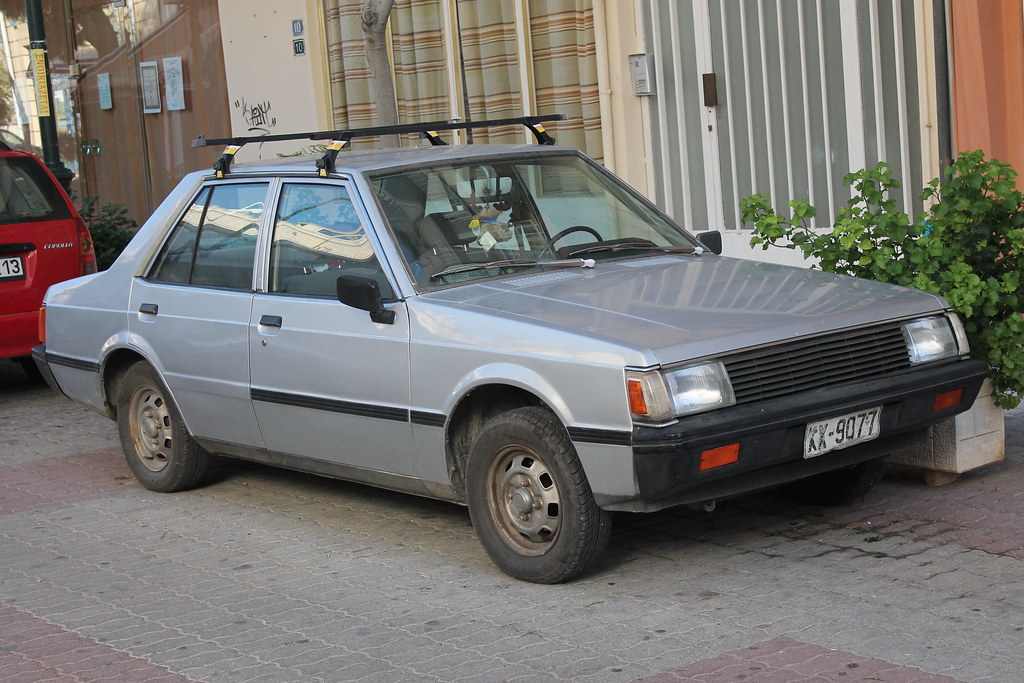
12. **Mitsubishi**Mitsubishi’s journey in the U.S. market has been a rollercoaster of ups and downs, with its recent performance offering a mix of both good and bad news. The positive note is that Mitsubishi’s U.S. sales actually saw an increase in 2025, largely driven by the popularity of the Mirage, which held the distinction of being the most affordable new car in America. This modest surge provided a glimmer of hope amidst ongoing struggles.
However, the good news is quickly overshadowed by the announcement that the Mirage has officially been canceled, a decision that comes at a time when drivers are increasingly desperate for affordable new cars. This move raises questions about the brand’s strategy, as it eliminates a key model that was contributing to its recent sales bump. Mitsubishi has fallen significantly behind its Japanese rivals; back in 2000, it was not far off the pace set by Toyota, Honda, and Nissan, but those days are long gone.
In 2025, Mitsubishi operates with only 300 dealers in the United States, a mere fraction of the expansive footprints enjoyed by its competitors. This limited reach makes it incredibly challenging to compete effectively. While the Outlander SUV has shown some success, it remains unclear whether its performance alone will be enough to secure the brand’s long-term presence stateside. There’s a palpable sense of uncertainty, with some expressing surprise that Mitsubishi hasn’t already pulled out of the U.S. market, further underscoring the brand’s precarious position as it struggles to regain its footing and find a compelling identity.
Car Model Information: 2023 Mitsubishi Mirage Ralliart
Name: Mitsubishi Mirage
Caption: Mitsubishi Mirage (sixth generation)
Manufacturer: Mitsubishi Motors
Production: 1978–2003,2012–present
Class: Subcompact car
Layout: Front-engine, front-wheel-drive
Predecessor: Mitsubishi Lancer (A70)
Successor: Mitsubishi Lancer#Eighth generation (2000)
Categories: 1980s cars, 1990s cars, 2000s cars, 2010s cars, 2020s cars
Summary: The Mitsubishi Mirage is a range of cars produced by the Japanese manufacturer Mitsubishi from 1978 until 2003 and again since. The hatchback models produced between 1978 and 2003 were classified as subcompact cars, while the sedan and station wagon models, marketed prominently as the Mitsubishi Lancer, were the compact offerings. The liftback introduced in 1988 complemented the sedan as an additional compact offering, and the coupé of 1991 fitted in with the subcompact range. The current Mirage model is a subcompact hatchback and sedan and it replaces the Mitsubishi Colt sold between 2002 and 2012.
Get more information about: Mitsubishi Mirage
Buying a high-performing used car >>>
Brand: Mitsubishi Model: Mirage
Price: $16,980 Mileage: 11,832 mi.
Read more about: Buyer Beware: 8 SUVs That Are Known to Fail Frequently Before 100,000 Miles

13. **Honorable Mention: Fiat**Fiat, another brand operating under the massive Stellantis umbrella, finds itself squarely in the ‘honorable mention’ category for brands facing an uncertain future in the U.S. market. The broader context for Stellantis reveals a challenging environment, with sales of several of its brands, including Jeep, Chrysler, and Dodge, experiencing sharp declines over the past decade. This widespread contraction within the conglomerate casts a long shadow over Fiat’s viability.
The numbers don’t lie: Stellantis’s (and FCA US) overall sales in the U.S. market have plunged by a concerning 42% from 2015 to 2024. This significant downturn, from 2,243,907 vehicles sold in 2015 to just 1,303,570 in 2024, signals deep trouble for the automotive giant. As new leadership at Stellantis actively seeks to ‘trim the fat’ and streamline operations, brands like Fiat become prime candidates for re-evaluation.
While Alfa Romeo and Chrysler are often highlighted as being high on the list for potential exits, Fiat, alongside Maserati, is considered a clear runner-up. The reality is that Fiat, Maserati, Chrysler, and Alfa Romeo collectively represent just a fraction of today’s market, a far cry from their historical presences. Without a significant resurgence or a clear, differentiated strategy, Fiat’s long-term future in the fiercely competitive U.S. landscape remains highly questionable.
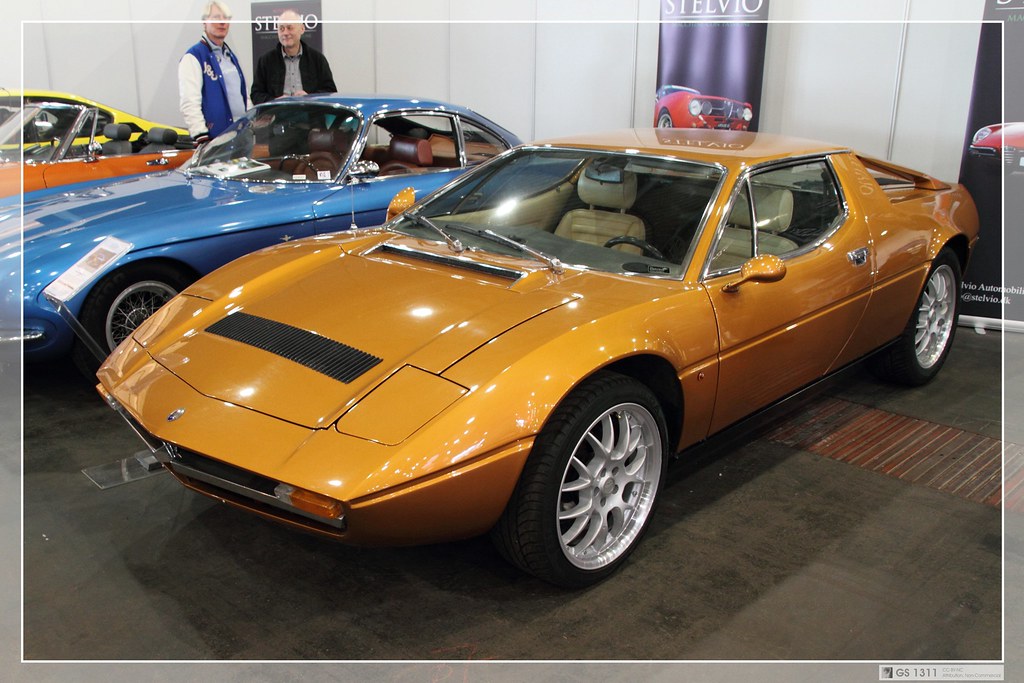
14. **Honorable Mention: Maserati**As another luxury brand within the Stellantis portfolio, Maserati also earns an unfortunate spot on our list of honorable mentions facing an uncertain future in the U.S. market. The struggles that have plagued many Stellantis brands over the past decade have not bypassed this prestigious Italian automaker. The significant decline in overall Stellantis sales—a substantial 42% drop from 2015 to 2024—illustrates the challenging terrain all its brands are navigating.
With new leadership at Stellantis actively working to streamline operations and enhance profitability, the pressure is on for every brand to prove its worth and market viability. This strategic pivot means that those brands with declining sales and a smaller market footprint are under intense scrutiny. While Alfa Romeo and Chrysler are frequently cited as the most immediate concerns, Maserati, much like Fiat, is considered a clear runner-up in terms of potential vulnerability within the U.S. market.
The stark reality is that brands like Fiat, Maserati, Chrysler, and Alfa Romeo now constitute only a fraction of today’s market, a dramatic reduction from their earlier positions. For a luxury brand like Maserati, which relies heavily on exclusivity and strong sales volumes to sustain its premium image and expansive dealer network, a reduced market presence makes maintaining relevance incredibly challenging. Without a compelling strategy to reverse these trends, Maserati’s future in the highly competitive American luxury segment remains profoundly uncertain.

15. **Honorable Mention: Jaguar**Jaguar, a name synonymous with sophisticated British luxury and performance, also finds itself in a precarious position, earning an honorable mention among brands with an uncertain future in North America. The year 2025 is effectively a ‘year off’ for Jaguar, a move that is, without a doubt, a troubling sign for any automaker trying to maintain relevance in a fast-paced market. This pause indicates deeper strategic difficulties and a struggle to adapt to evolving industry demands.
The brand’s challenges are multi-faceted, stemming partly from the slower-than-anticipated progression of its electrification strategy. While the industry rapidly shifts towards electric vehicles, Jaguar’s transition has been less agile, leaving it at a disadvantage. Simultaneously, sales of its traditional internal combustion engine (ICE) models are on a noticeable decline, creating a double-edged sword that severely impacts its overall market performance and profitability.
Jaguar’s North American sales figures paint a stark picture, having sold just 13,210 cars in America in 2024. This volume is simply not enough to maintain a significant presence or remain relevant in the decade to come. Furthermore, the brand has been plagued by a reputation for poor reliability, with issues such as engine failures, superchargers, and electronics driving customers away, undermining its luxury appeal. An attempt to pause new model launches and rebrand as a niche luxury player appears to have backfired, leaving Jaguar with no new vehicles and declining brand recognition, placing its future in North America at serious risk beyond 2025.
The automotive industry is a relentless arena, and as we’ve seen, the battle for survival in the U.S. market is fiercer than ever. For these brands—Nissan, Mini, Alfa Romeo, Chrysler, Mitsubishi, Fiat, Maserati, and Jaguar—the road ahead is fraught with challenges, from declining sales and bloated inventories to corporate shakeups and a struggle for identity. The writing is clearly on the wall, signaling serious uncertainty. For car buyers, this situation presents both potential risks and unique opportunities. Expect to see steeper discounts, more attractive incentives, and negotiable prices on remaining inventory as these automakers fight to stay relevant. However, be mindful of potential resale value concerns, as a brand’s exit from the market can lead to a significant drop due to worries over future service and parts availability. Therefore, rigorous research into reliability ratings, resale projections, and market trends is more crucial than ever to avoid getting stuck with a depreciating asset. The automotive market is evolving at lightning speed, and only time will tell which of these brands will manage to adapt and which will ultimately fade into history.

